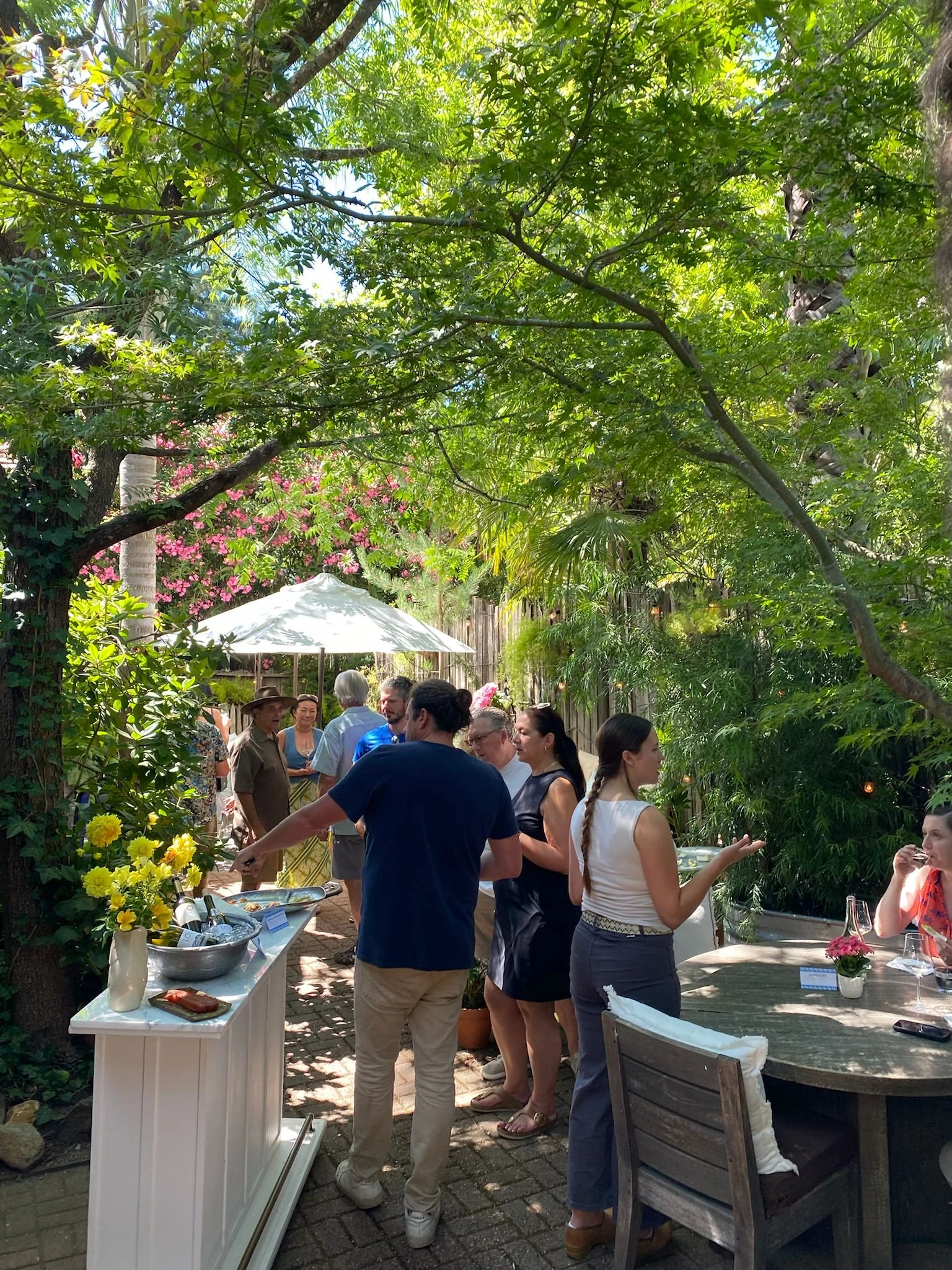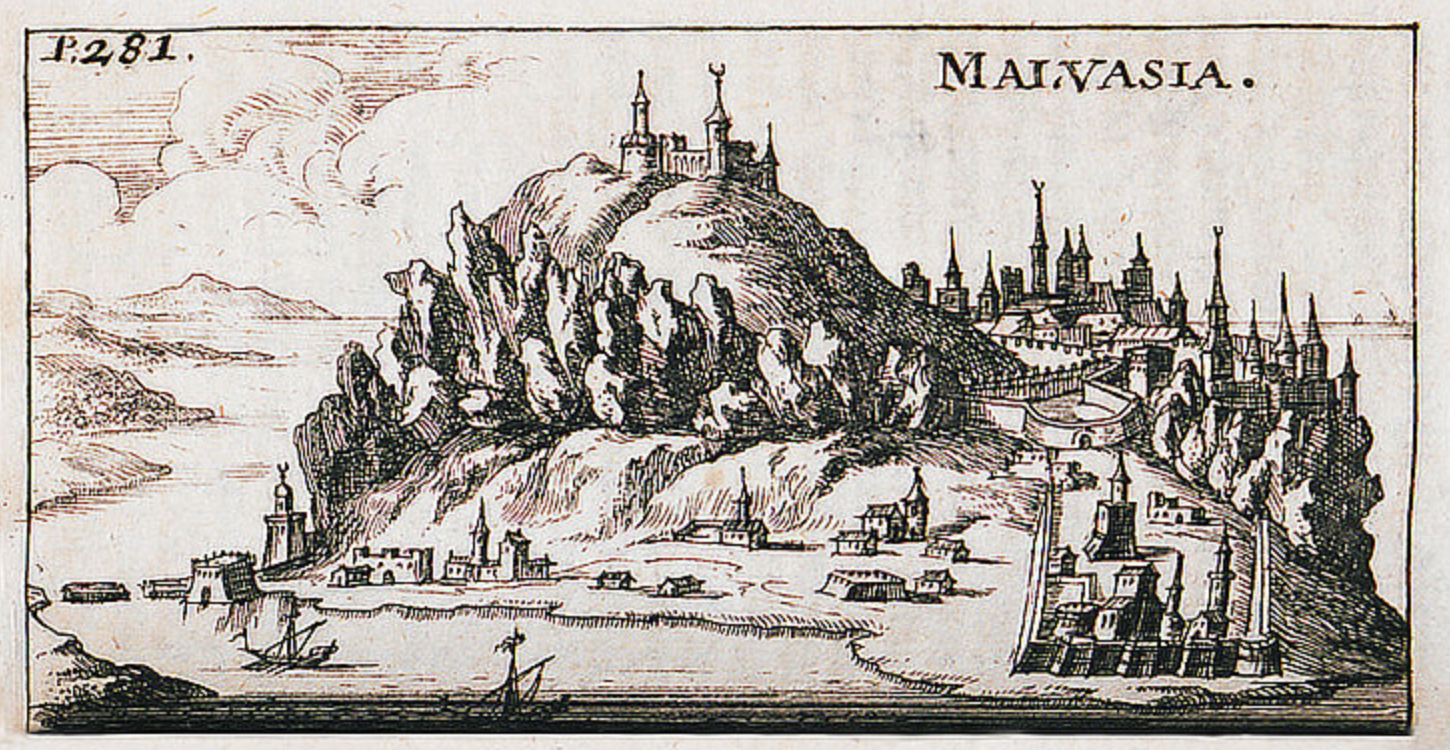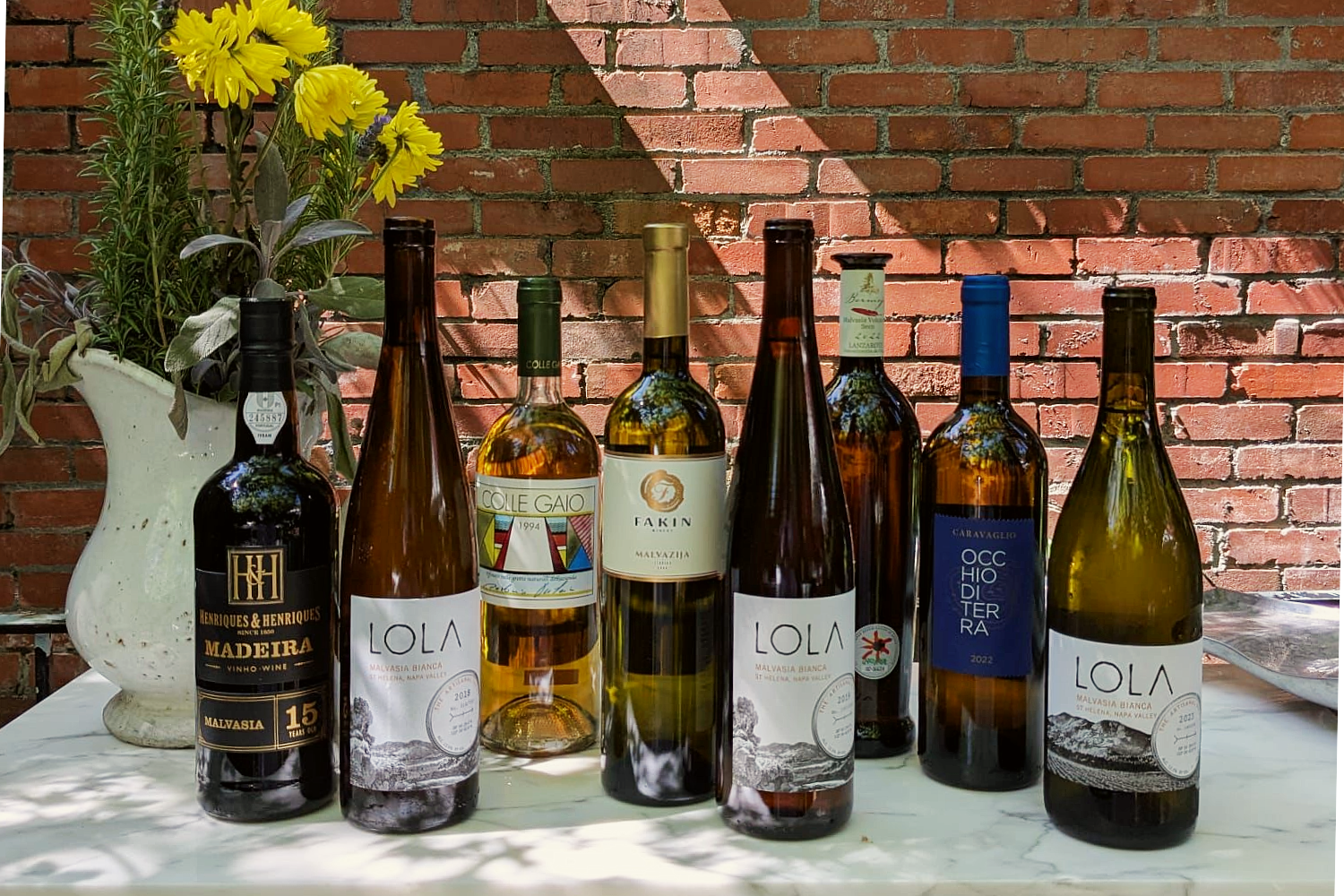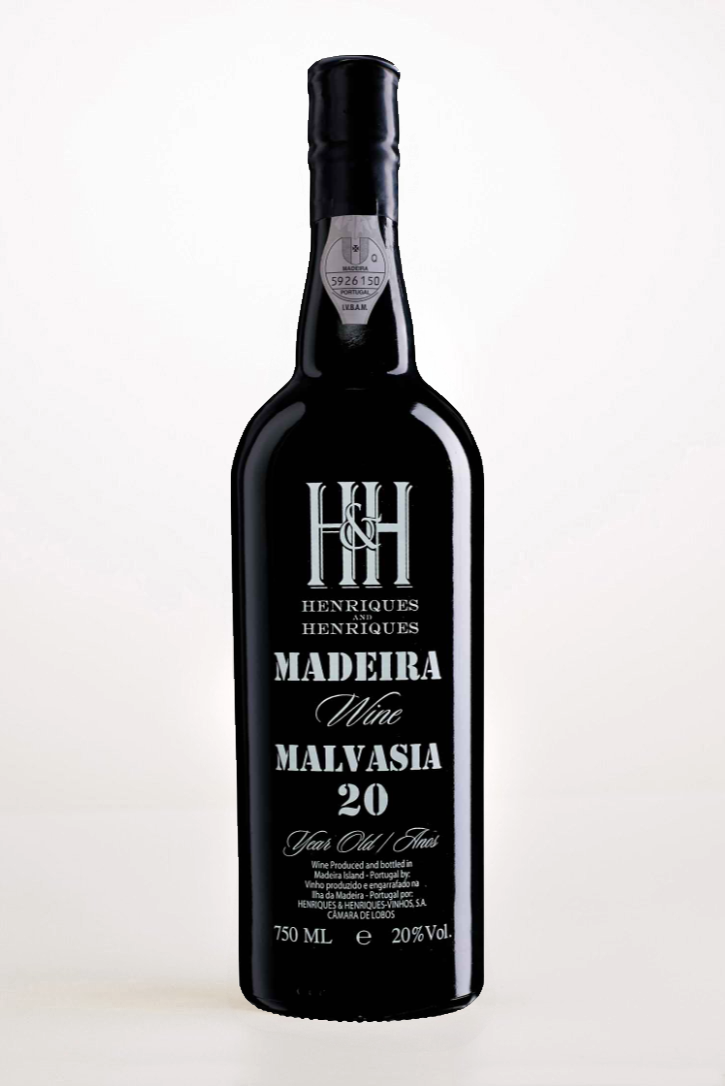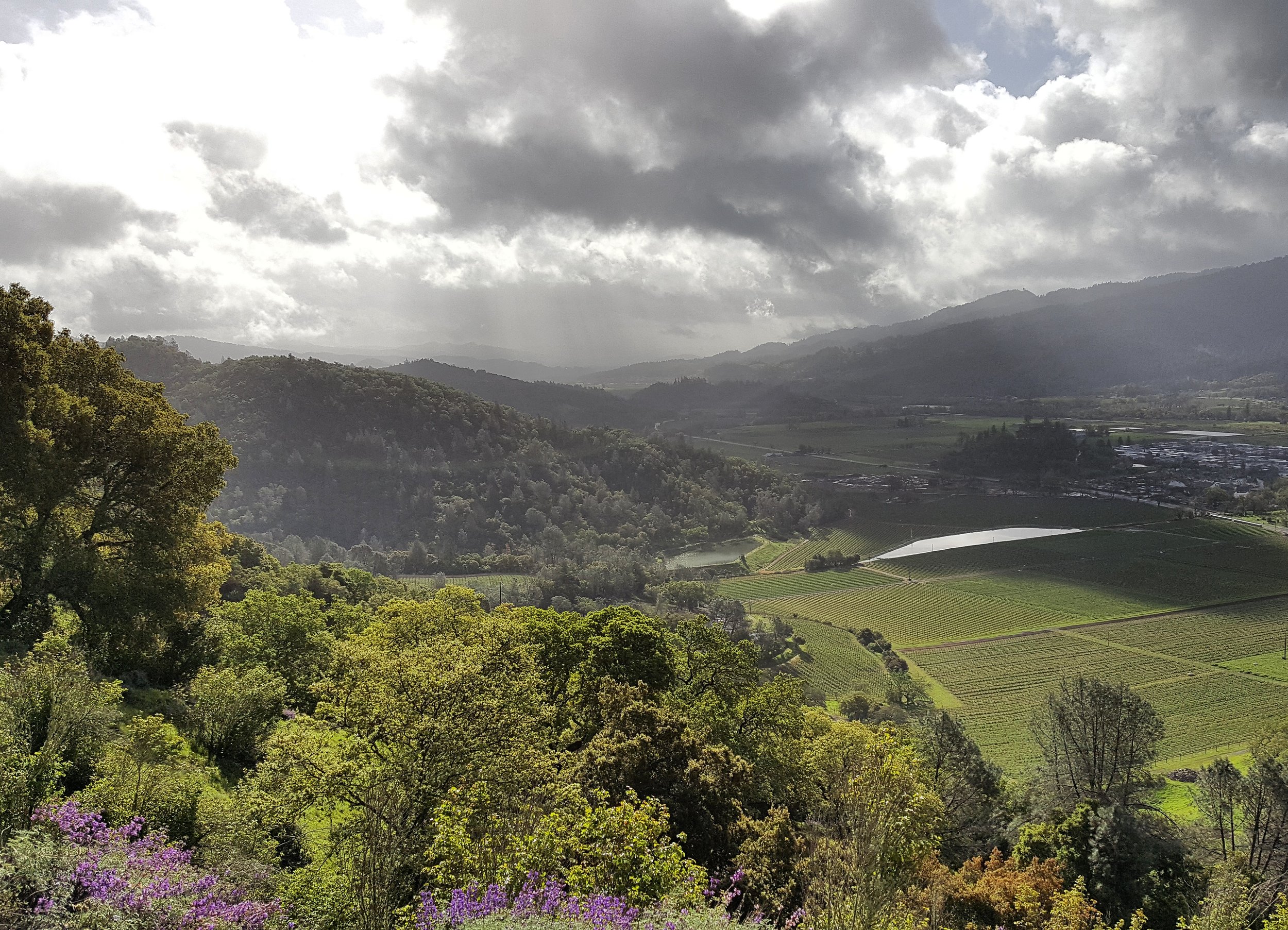
What is Malvasia Bianca?
On a beautiful Saturday at the LOLA House, we set out to discover Malvasia Bianca—its Mediterranean roots, vibrant flavor profile, the inspirations behind how we craft it at LOLA, and the many ways it pairs beautifully with Bottarga.
Malvasia and Bottarga: An Ancient Reunion
LOLA Wines, July 2025
On a beautiful Saturday in Calistoga, we welcomed a garden full of curious wine lovers —some familiar faces, some new—who came not simply to taste wine, but to engage in something deeper: a shared act of remembering, honoring, and delighting in the wines, foods and traditions that have nourished cultures for centuries. We poured wines, sliced bottarga, and served each bite and glass with intention, hoping to create an experience that felt both timeless and rooted right here, in this moment, in who we are, at LOLA.
In attendance were local winemakers, wine club members, longtime friends, and new visitors drawn by curiosity—a desire to try something different, to learn the stories behind these ingredients, and to taste the regions and cultures that shaped them. What unfolded was not just a tasting, but a celebration of the way food and wine connect us to each other—and to the past.
At the heart of Saturday’s event was Malvasia, a grape that once reigned as the most popular wine in the world. For over five centuries, from the 13th to the 18th, it was the wine of trade, ritual, and celebration. Entire fleets left the Greek isles and Sicilian ports filled with barrels of Malvasia bound for Venice, and London. It’s very name became synonymous with wine itself—Malvasteria or malvasia shops were common in major cities then, stocked with this beautiful, golden wine that defined an era of Mediterranean commerce and culture.
To honor that legacy, we began with our own:
· 2023 LOLA Malvasia Bianca which was crisp and lifted, with citrus peel, green almond and a fresh, bright mouthfeel.
· The 2018 LOLA Malvasia, drinking in its absolute prime. After seven years in bottle it shows remarkable harmony—its soft, rounded mouthfeel perfectly interwoven with mellowed acidity. The fruit has relaxed into stone and blossom, and the wine carries a calm elegance that only time can yield.
· And the 2019 LOLA Skin-Fermented Malvasia, a more vivid, amber expression with intense herbal tones, layered orange zest, and the unmistakable terpenic lift that comes from fermenting on skins, pulp, and seeds through the warmth of primary fermentation. Guests found it bold and expressive—especially in contrast to the similarly styled but more restrained Caravaglio “Occhio di Terra”.
That difference became one of the most talked-about teaching moments of the tasting: while the Caravaglio spends 5–6 days cold soaking on skins, pulp, and seeds before being pressed off and fermented as juice, our LOLA version keeps the skins and seeds in through fermentation itself. The result? A striking difference in aromatic character. Caravaglio’s wine is subtle and savory, with a mineral edge. Our’s is wild, herbal, resinous—deeply textured. Both were equally enjoyed, and the side-by-side offered guests a glimpse into how winemaking decisions, even within the same stylistic tradition, shape a wine’s soul.
The journey continued:
· 2022 Fakin Malvazija from Istria, bright and sea-sprayed, full of white peach and Adriatic salinity.
· 2022 Los Bermejos Malvasía Volcánica from Lanzarote in the Canary Islands, grown in black volcanic ash, with a bracing minerality that whispered of lava and wind.
· Caravaglio’s “Occhio di Terra”, as mentioned—a wine not just from Sicily, but from a family whose roots are entangled in the history of Malvasia itself. Their expression, aged in amphora, tasted not of trend, but of generational memory.
Then came a bottle that stopped the room:
1994 Colle Gaio Malvasia del Lazio.
It poured deep gold, nearly bronze, and stunned with its aroma: smoky, bitter-edged, herbal. Some thought of mezcal, others of old Scotch. I thought of amaro. Not at all oxidized—just transformed. The dryness of an old sherry, the ghost of citrus peel, the perfume of wild herbs and sea wind. Dense with somehow a light, pleasant mouthfeel, yet almost vaporous on the finish. It was polarizing. It was strange. It was unforgettable. And so very interesting.
I didn’t know anything about this wine, as it was given to us as a gift from a customer that had enjoyed our Malvasia. I found out after the tasting that the vineyard, Colle Gaio, lies in the Castelli Romani outside Rome, the home to a specific ancient clone of Malvasia called Malvasia del Lazio. The Winemaker lets the grapes macerate for days, ferment slowly for months, then rest for years on the lees. Some vintages, like this 1994, are buried in sand to age even further.
What made this wine so special wasn’t just what was in the glass, but how we experienced it together. None of us knew anything about it going in—which gave the moment an honesty and openness that’s rare in wine. There was no preconceived tasting notes, no tech sheets to explain—just a collective pause, and the shared attempt to understand what we were tasting. One person laughed and said it reminded them of Scotch and didn’t like it all. Someone else chimed in, “I love Scotch—I kind of like this.” And that was the beauty of it. It wasn’t about right or wrong. It wasn’t about knowledge or expertise. It was about discovery. Exactly what these events are supposed to be all about.
That bottle gave us something I’ve always hoped LOLA could be: a disarming, harmonious place where people feel free to speak honestly about what they taste, without judgment or ever feeling judged. There’s no correct response to a wine. The only truth is what it means to the person drinking it. And when we’re all open to each other’s experience—whether we agree or not—it creates something rare and beautiful. Saturday afternoon, around that bottle of Colle Gaio, we all felt that.
To close the tasting, we opened a wine I’ve had in my cellar for a number years: a 15-year-old H. & H. Malvasia Madeira. Madeira, too, carries a deep Malvasia legacy—used to toast revolutions, to seal voyages, to survive centuries. This one was luminous—amber in the glass, with notes of roasted nuts, burnt orange, and singed sugar. Rich, but livened by its remaining acidity. It was a beautiful wine.
And alongside it all: Bottarga—the other ancient voice of the day. Just as revered as the wines poured.
We featured a special batch of our Cortez bottarga for this event - produced by my brother Mic, cured with both salt and our LOLA Malvasia. The result was a softer, more perfumed roe—less overtly saline, with a gentle fruitiness that played beautifully with the wines. Served, per Vivian, sliced over red radish with a dab of butter, it was both simple and timeless.
Other dishes, rooted in the Mediterranean that Jarred made:
Classic Lebanese Baba ganoush spooned into crisp endive leaves.
Crostini with dakos salad and our Cortez Mojama, combining briny tomato, olive, and herb flavors with cured blackfin tuna loin in a way that felt as old as the Aegean itself.
Even in the Napa Valley—a place where great food is the norm—these dishes stood apart. But it wasn’t just the ingredients. It was the team.
Jarred, Vivian, and Katie brought such care, skill, and joy to the preparation and service. Every plate, every pour, every conversation, was thoughtful. And my brother Mic—whose bottarga and mojama I truly believe are among the best in the world—brings an unwavering commitment to quality, patience, and creative fearlessness.
The space itself added to the feeling. The LOLA Tasting Room gardens and backyard patio, lovingly tended by my mom Nancy, were in full bloom—flowers spilling over borders and perfuming the warm air, every corner touched with care. My mom’s constant attention to the look and feel of the tasting room and outdoor space always creates an atmosphere that is as welcoming and alive as I try to make the wines.
As the final glasses were enjoyed and the last conversations lingered, I felt something hard to name: pride, certainly, but more than that—gratitude. To be able to share this kind of experience with others. To taste something ancient, together. To pause in a fast world and remember what once mattered, still does.
Tasting these wines. Eating this food. Enjoying these ancient things not as curiosities, but as living pleasures. Four hundred years ago, Malvasia and bottarga were daily joys across the Mediterranean—a fisherman’s reward, a merchant’s toast. Now, they're rare. But that rarity only deepens the beauty. And makes me want to share it all the more.
To bring people together in the LOLA tasting room in Napa Valley, drinking wines grown here and grown on volcanoes and islands across the world, slicing mullet roe cured in wine made on-site, and feeling connected not just to these places, but to time—to people long gone who enjoyed these same exact things—what a gift that is.
As we look ahead, we carry the joy and connection of this day forward with us—grateful for the memories, and inspired for what's to come. This was just one of many chapters in what has become our lifelong journey of exploration, discovery, and shared appreciation.
We look forward to welcoming you to the next LOLA Varietal Exploration.
Onward, in the LOLA journey.
Cheers,
Seth

